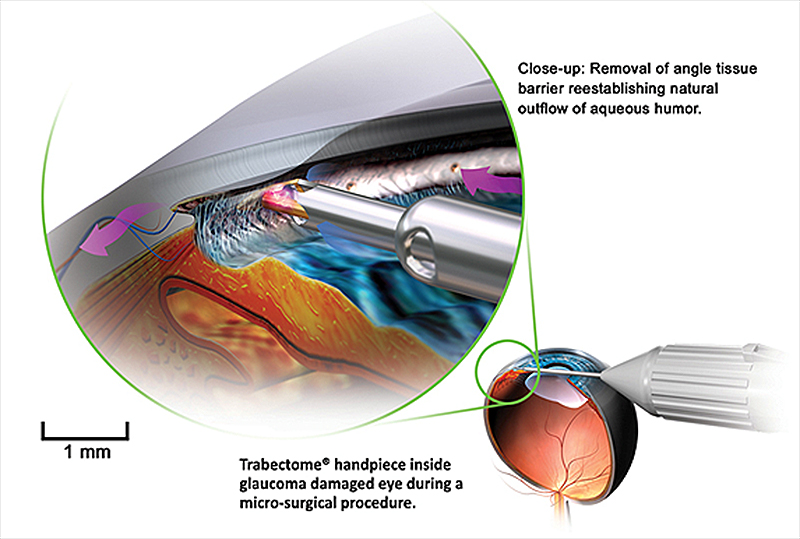- Published on
Glaucoma Treatment: MIGS
- Authors
- Name
- Jake Konigsberg
- Role
- Founder
Microinvasive glaucoma surgery (MIGS) is a new innovation in the treatment of glaucoma. MIGS aims to reduce the buildup of fluid behind the eye to alleviate pressure by either increasing the outflow of the fluid or decreasing its production.
MIGS increases the outflow of the eye fluid by navigating the eye fluid around the trabecular meshwork. The trabecular meshwork is a tissue near the cornea through which the fluid flows out of the eye from.
MIGS decreases the production of the eye fluid by ciliary body ablation. The ciliary body is the structure which produces eye fluid, and by injecting a drug between the retina and lens that is toxic to the ciliary body, MIGS destroys the ciliary body and reduces the pressure behind the eye.
MIGS is a novel treatment method as it carries a lower risk of complications because it is minimally invasive. Common complications in traditional glaucoma surgeries include choroidal detachment, when the layer of blood cells lining the back wall of the eye between the white part and retina is displaced by blood and fluid, and hypotony maculopathy, low pressure behind the eye that is low enough to cause vision loss. However, MIGS greatly reduces the possibility of those complications arising.
